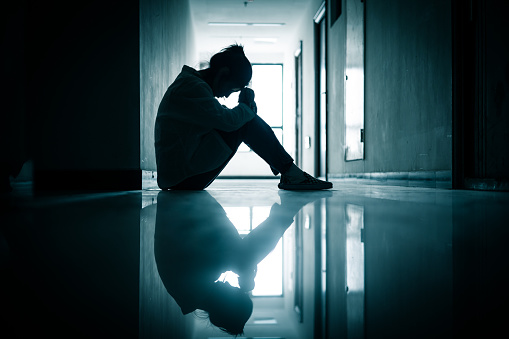Bright light therapy has long been recognized as an effective treatment for seasonal affective disorder (SAD), a type of depression that occurs during the darker months of the year. However, recent research suggests that this therapeutic approach may also offer significant relief for individuals suffering from nonseasonal depression. This breakthrough has the potential to broaden the applicability of bright light therapy, offering hope to many who experience depressive symptoms throughout the year.
Understanding Bright Light Therapy
Bright light therapy involves the use of specially designed light boxes that emit intense light, typically at a brightness of 10,000 lux—equivalent to sunlight on a clear day. The therapy aims to regulate mood by influencing the body’s circadian rhythms, which play a crucial role in sleep-wake cycles and overall emotional well-being.
While traditionally associated with SAD, bright light therapy is gaining traction as a treatment option for nonseasonal depression. A recent study published in JAMA Psychiatry provides compelling evidence that this therapy could be beneficial for individuals experiencing depression year-round.
Study Overview
The study analyzed data from 858 adults diagnosed with nonseasonal depression across 11 clinical trials. Participants were randomly assigned to receive bright light therapy, either as a standalone treatment or in conjunction with antidepressant medications. Control groups received either standard medication, a placebo, or dim red light therapy to compare the outcomes.
The results were striking: those who participated in bright light therapy were more than twice as likely to report a reduction in depressive symptoms or even achieve remission compared to those who did not receive the therapy. In this context, remission is defined as a return to normal levels of social functioning, highlighting the therapy’s potential to significantly improve daily life for individuals battling depression.
Short- and Long-Term Benefits
One of the study’s most interesting findings was the effectiveness of both short-term and long-term treatment with bright light therapy. Participants who underwent treatment lasting less than four weeks were three times more likely to see improvements or achieve remission compared to control groups. Furthermore, those receiving treatment for longer than a month experienced positive changes at twice the rate of the control groups.
These results indicate that even brief exposure to bright light therapy can yield substantial benefits for depressive symptoms. Most sessions during the study lasted at least 30 minutes, making it a relatively accessible treatment option for many.
Practical Considerations for Bright Light Therapy
For individuals considering bright light therapy, choosing the right equipment is essential. A quality light box should emit at least 10,000 lux of light and be large enough to adequately illuminate the user while sitting a few feet away. It is recommended that therapy sessions occur in the morning when the body’s circadian rhythm is most responsive. Morning exposure to bright light helps trigger brain chemicals that enhance mood, making it a critical component of effective therapy. On the other hand, using light therapy later in the day—such as at noon or in the evening—has not proven effective for improving mood.
While bright light therapy offers promising results, it is crucial to remember that it is not a substitute for professional medical advice or treatment. Individuals experiencing symptoms of depression, particularly those with major depressive disorder, should consult a healthcare professional before starting light therapy. This is especially vital for individuals with bipolar disorder, as bright light therapy could potentially trigger manic episodes.
Limitations of the Study
Despite the encouraging results, the study does have some limitations. The clinical trials varied significantly in duration, making it challenging to determine the optimal length of treatment for different individuals. Additionally, the researchers could not distinguish the effects of bright light therapy specifically on individuals with bipolar disorder compared to those with other forms of nonseasonal depression. Further research is needed to explore how different types of depression may respond to light therapy and to clarify the best treatment protocols.
Key Takeaway
The potential benefits of bright light therapy for nonseasonal depression are both exciting and encouraging. With a growing body of evidence supporting its effectiveness, this therapeutic approach may provide a much-needed alternative for individuals seeking relief from depressive symptoms. The study highlights the possibility that bright light therapy could serve as a valuable component in the broader treatment landscape for depression, alongside traditional medications and psychotherapy.
As with any treatment, individual responses to bright light therapy can vary. It is essential for individuals considering this option to do so under the guidance of healthcare professionals. For many, bright light therapy could represent a new path toward improved mental health and enhanced quality of life.
For those looking for effective ways to manage their depression, the findings from recent research provide an optimistic outlook. Bright light therapy stands as a beacon of hope for individuals grappling with the challenges of nonseasonal depression, offering a simple yet impactful way to enhance mood and overall well-being.





